Improvements at Bear River Migratory Bird Refuge to improve water management – KSL TV 5

Infrastructure Modernization at Bear River Refuge Advances Sustainable Development Goals
Project Overview and Alignment with SDG 15: Life on Land
A significant infrastructure project is underway at the Bear River Migratory Bird Refuge to enhance its capacity to support biodiversity, directly contributing to Sustainable Development Goal 15 (Life on Land). The refuge is a critical ecosystem, providing a vital stopover point for hundreds of thousands of birds during annual migrations.
- Biodiversity Hub: The refuge supports over 250 distinct avian species.
- Conservation Mandate: The primary objective of the upgrades is to more effectively manage water resources to preserve and create habitat, aligning with SDG Target 15.5 to halt biodiversity loss.
- Ecosystem Restoration: By ensuring the sustainable use of this inland freshwater ecosystem, the project supports SDG Target 15.1.
Enhancing Water Security and Efficiency: A Focus on SDG 6 and SDG 9
The core of the project involves replacing outdated water management structures with modern, efficient technology. This modernization is a direct response to the increasing scarcity of water, addressing key targets within SDG 6 (Clean Water and Sanitation) and SDG 9 (Industry, Innovation, and Infrastructure).
- Technological Advancement (SDG 9): Obsolete “stop log” gates from the 1950s and 1960s, which required two personnel and approximately one hour to adjust, are being replaced.
- Efficiency Gains (SDG 6): The new, mechanically operated gates can be managed by a single person in minutes. This substantial increase in water-use efficiency and nimbleness supports SDG Target 6.4.
- Integrated Management (SDG 6): The ability to rapidly redirect water from the Bear River to critical habitat areas represents an implementation of integrated water resources management, as called for in SDG Target 6.5.
Strengthening Ecosystem Resilience and Climate Adaptation
The upgrades provide the refuge with enhanced capabilities to manage its environment proactively, strengthening resilience against environmental pressures and contributing to SDG 13 (Climate Action) and SDG 14 (Life Below Water).
- Adaptive Capacity (SDG 13): According to Deputy Project Leader Mike Dunphy, the new system allows for a more nimble and effective response to sudden changes in water flow, such as large pulses down the river. This improves the refuge’s adaptive capacity to climate-related events, supporting SDG Target 13.1.
- Habitat Protection (SDG 14 & 15): The ability to direct water more effectively ensures that wetland and aquatic ecosystems within the refuge are sustained, protecting the habitats and food sources essential for both migratory birds and the life below water that they depend on.
Investment in Natural Heritage
The project is funded by a $13 million package from the Great American Outdoors Act. This investment underscores a commitment to protecting areas of significant natural importance, aligning with SDG 11 (Sustainable Cities and Communities).
- Protecting Natural Heritage (SDG 11): The refuge, visited by approximately 100,000 people annually, is a site of natural heritage. This investment contributes to safeguarding such sites for future generations, in line with SDG Target 11.4.
1. Which SDGs are addressed or connected to the issues highlighted in the article?
The article on the Bear River Migratory Bird Refuge highlights issues that are directly connected to several Sustainable Development Goals. The primary focus on water management, ecosystem preservation, and infrastructure upgrades links the project to the following SDGs:
- SDG 6: Clean Water and Sanitation: The core of the article discusses the management of freshwater resources from the Bear River to sustain the refuge. The project’s goal is to achieve “faster, more efficient control over where fresh water” is sent, directly addressing the sustainable management of water.
- SDG 15: Life on Land: The refuge is a critical habitat for “hundreds of thousands of birds, representing more than 250 different species.” The entire project is aimed at preserving this terrestrial and inland water ecosystem and its biodiversity by improving the ability to “provide habitat” for migratory birds.
- SDG 9: Industry, Innovation and Infrastructure: The article details the replacement of “existing 1950s to 1960s technology” with modern, mechanically controlled water gates. This is a clear example of upgrading infrastructure to make it more resilient, efficient, and sustainable.
2. What specific targets under those SDGs can be identified based on the article’s content?
Based on the activities described in the article, several specific SDG targets can be identified:
SDG 6: Clean Water and Sanitation
- Target 6.4: “By 2030, substantially increase water-use efficiency across all sectors and ensure sustainable withdrawals and supply of freshwater to address water scarcity.” The project’s aim to create “faster, more efficient control” and to manage water “more nimbly and more effectively” directly contributes to increasing water-use efficiency, especially in a context where “water is more limited.”
- Target 6.5: “By 2030, implement integrated water resources management at all levels…” The refuge’s management, using its “water right” to direct water to specific areas to “provide habitat,” is a form of localized, integrated water resources management.
- Target 6.6: “By 2020, protect and restore water-related ecosystems, including mountains, forests, wetlands, rivers, aquifers and lakes.” The project is fundamentally about protecting and sustaining the Bear River Refuge, a critical wetland ecosystem, for the benefit of migratory birds.
SDG 15: Life on Land
- Target 15.1: “By 2020, ensure the conservation, restoration and sustainable use of terrestrial and inland freshwater ecosystems and their services…” The article describes actions to conserve and sustainably manage the refuge, which is an inland freshwater ecosystem, to support its key service of providing a habitat for birds.
- Target 15.5: “Take urgent and significant action to reduce the degradation of natural habitats, halt the loss of biodiversity and, by 2020, protect and prevent the extinction of threatened species.” By improving water management to better provide habitat for over 250 bird species, the project is a direct action to reduce habitat degradation and support biodiversity.
SDG 9: Industry, Innovation and Infrastructure
- Target 9.1: “Develop quality, reliable, sustainable and resilient infrastructure…to support economic development and human well-being…” The replacement of “stop log” gates from the 1950s with new mechanical structures represents an investment in quality, reliable, and sustainable infrastructure to support the well-being of the ecosystem.
3. Are there any indicators mentioned or implied in the article that can be used to measure progress towards the identified targets?
The article mentions or implies several quantitative and qualitative indicators that can be used to measure progress:
Indicators for SDG 6 & 9 Targets
- Change in Water Management Efficiency: The article provides a clear metric for efficiency. The old system required “two workers” and “around an hour,” while the new system requires “a single person” and “minutes.” This reduction in time and labor is a direct indicator of increased efficiency (Target 6.4).
- Number of Infrastructure Units Upgraded: Progress is explicitly measured by the number of gates being replaced. The article states “13 of the gate structures are being replaced; seven this year, and six more in 2026.” This serves as a direct indicator for infrastructure renewal (Target 9.1).
- Investment in Infrastructure: The project is part of a “$13-million-dollar funding package.” This financial figure is an indicator of the level of investment being made to achieve the infrastructure and conservation goals.
Indicators for SDG 15 Targets
- Biodiversity Supported: The article states the refuge supports “hundreds of thousands of birds, representing more than 250 different species.” The continued or increased presence of these species serves as a key indicator of the project’s success in protecting the ecosystem and its biodiversity (Target 15.5).
- Area of Managed Habitat: The new system allows managers to “manage more areas, more quickly and more nimbly.” An implied indicator is the total area of the refuge that can be effectively managed and hydrated to provide suitable habitat for birds (Target 15.1).
4. Table of SDGs, Targets, and Indicators
| SDGs | Targets | Indicators |
|---|---|---|
| SDG 6: Clean Water and Sanitation | 6.4: Increase water-use efficiency. 6.6: Protect and restore water-related ecosystems. |
|
| SDG 15: Life on Land | 15.1: Ensure the conservation and sustainable use of inland freshwater ecosystems. 15.5: Reduce the degradation of natural habitats and halt biodiversity loss. |
|
| SDG 9: Industry, Innovation and Infrastructure | 9.1: Develop quality, reliable, sustainable and resilient infrastructure. |
|
Source: ksltv.com

What is Your Reaction?
 Like
0
Like
0
 Dislike
0
Dislike
0
 Love
0
Love
0
 Funny
0
Funny
0
 Angry
0
Angry
0
 Sad
0
Sad
0
 Wow
0
Wow
0







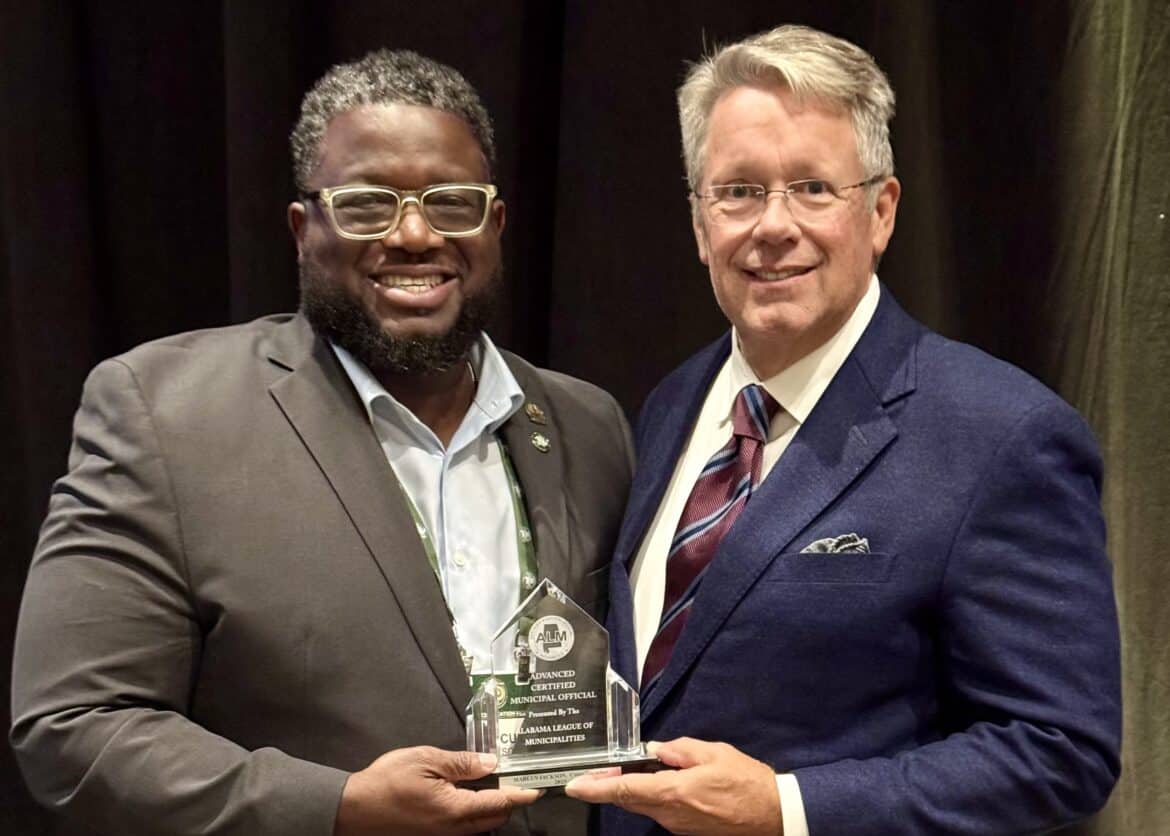







;Resize=805#)


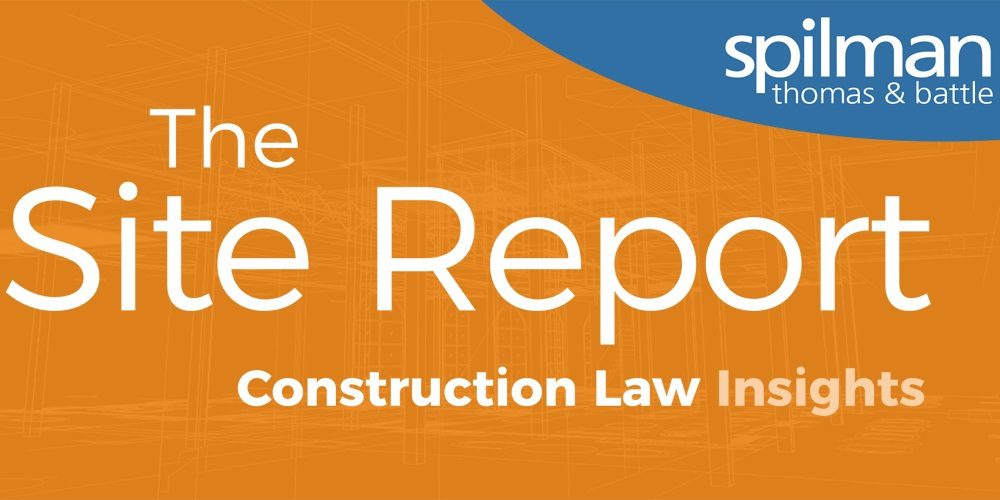








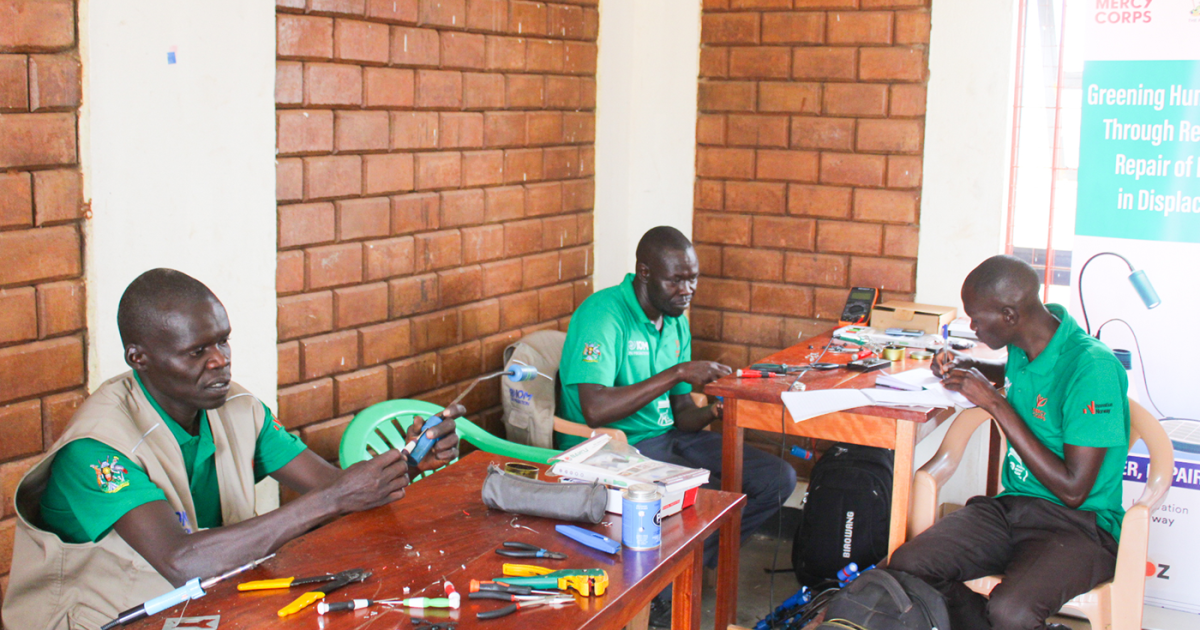

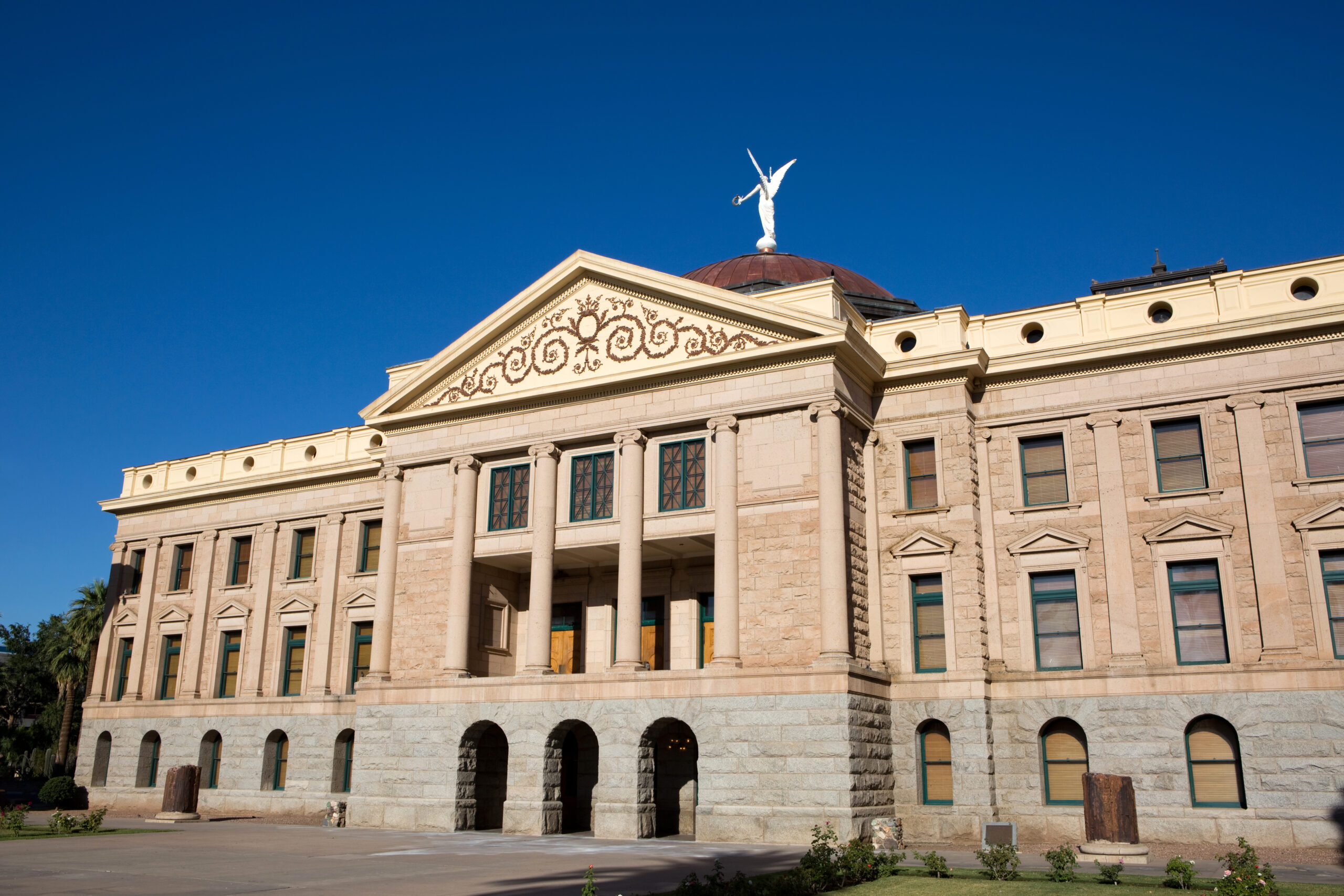
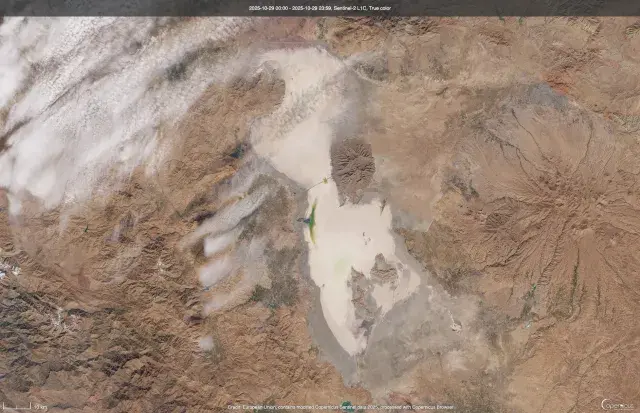




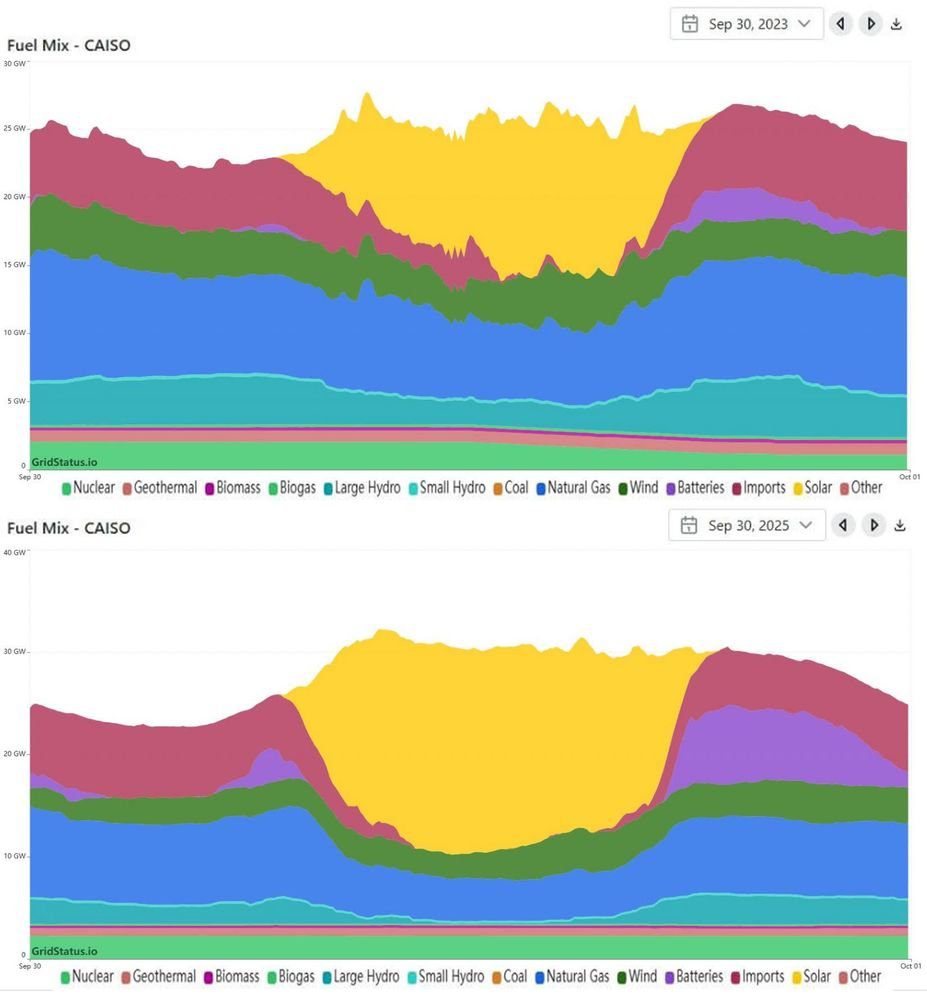





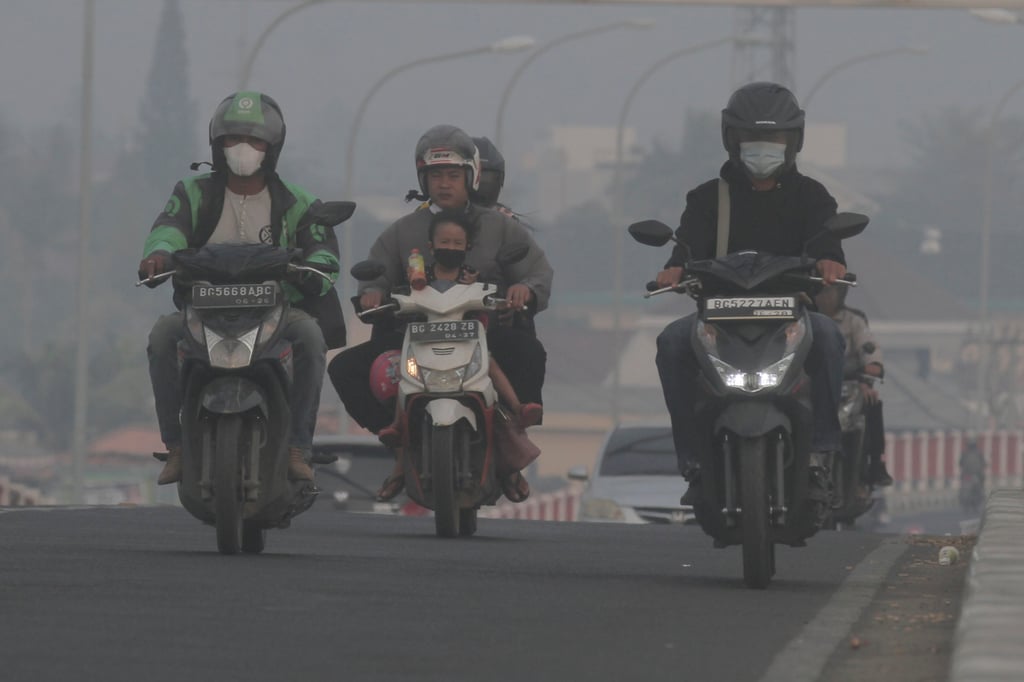



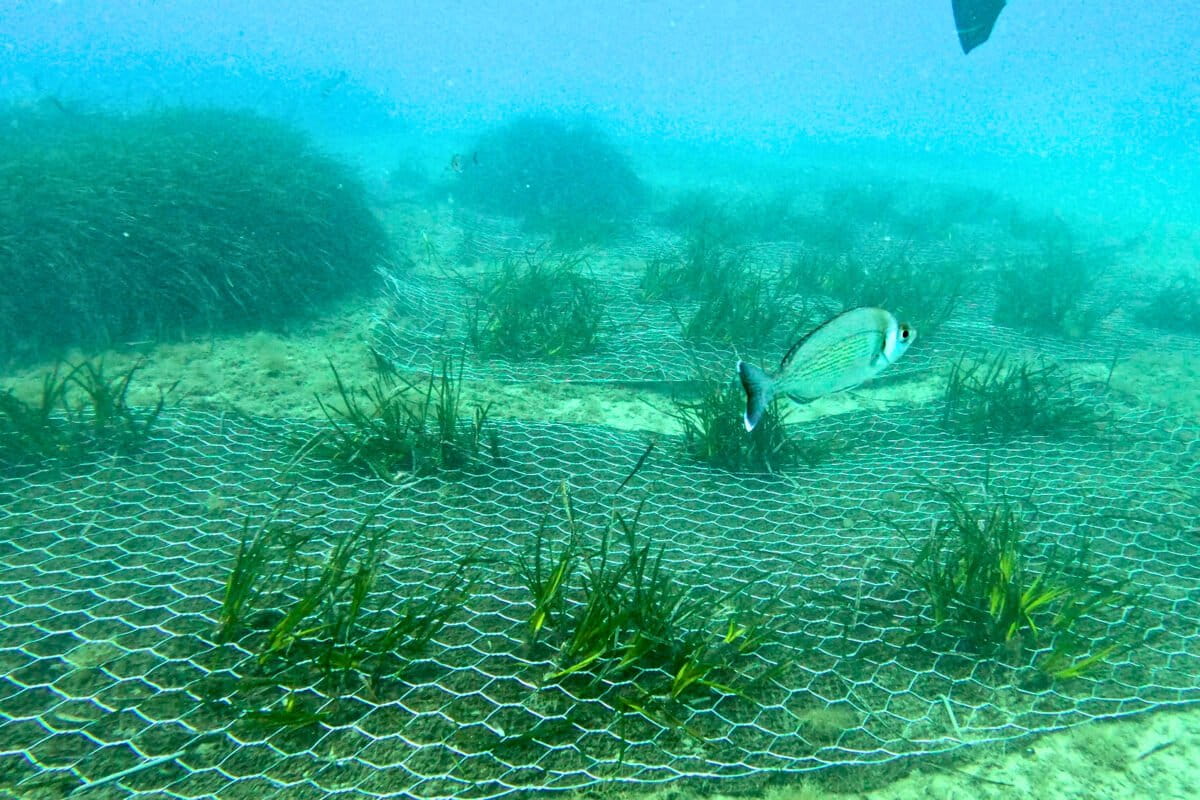

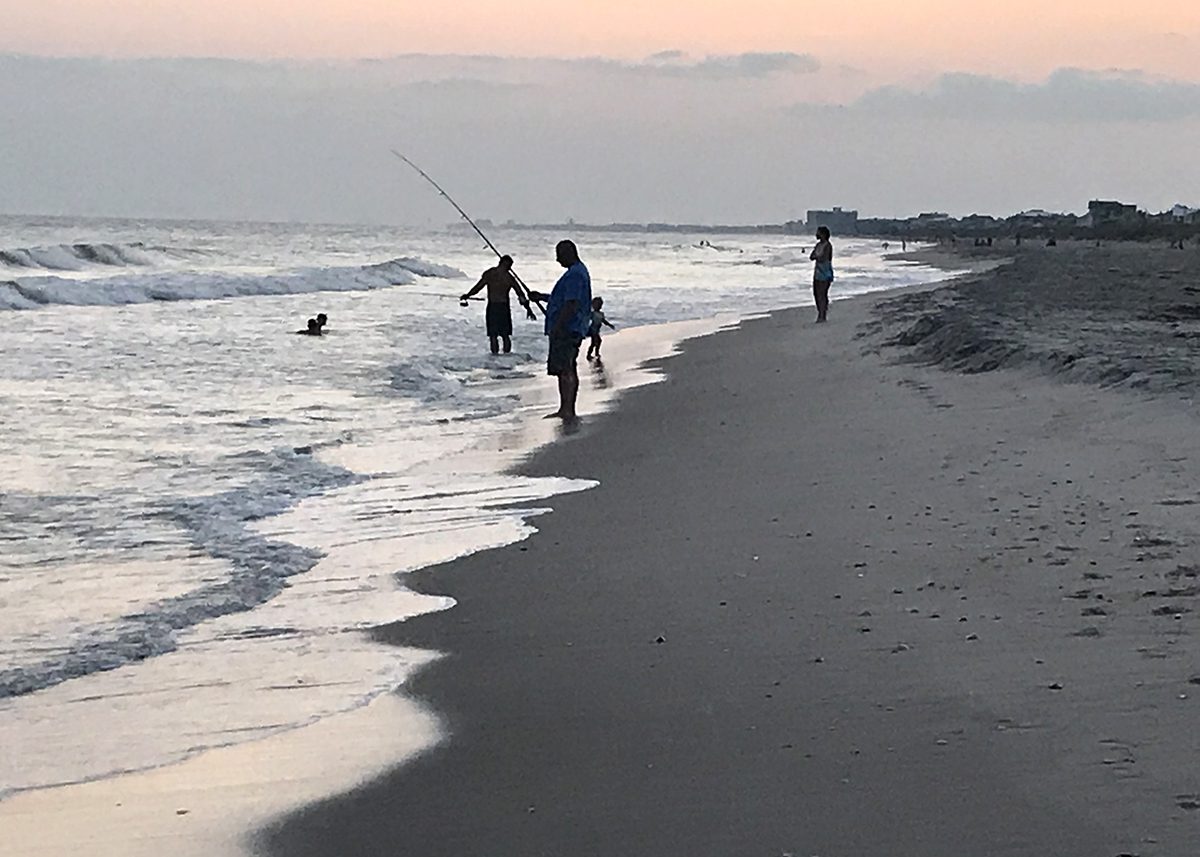
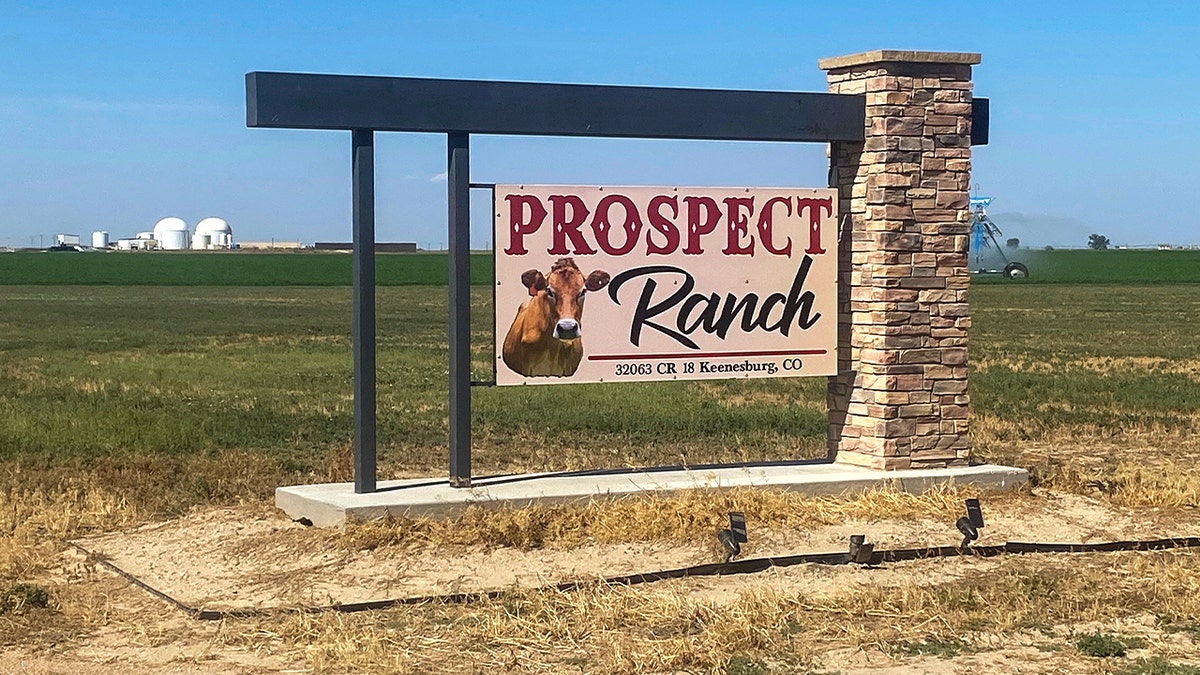







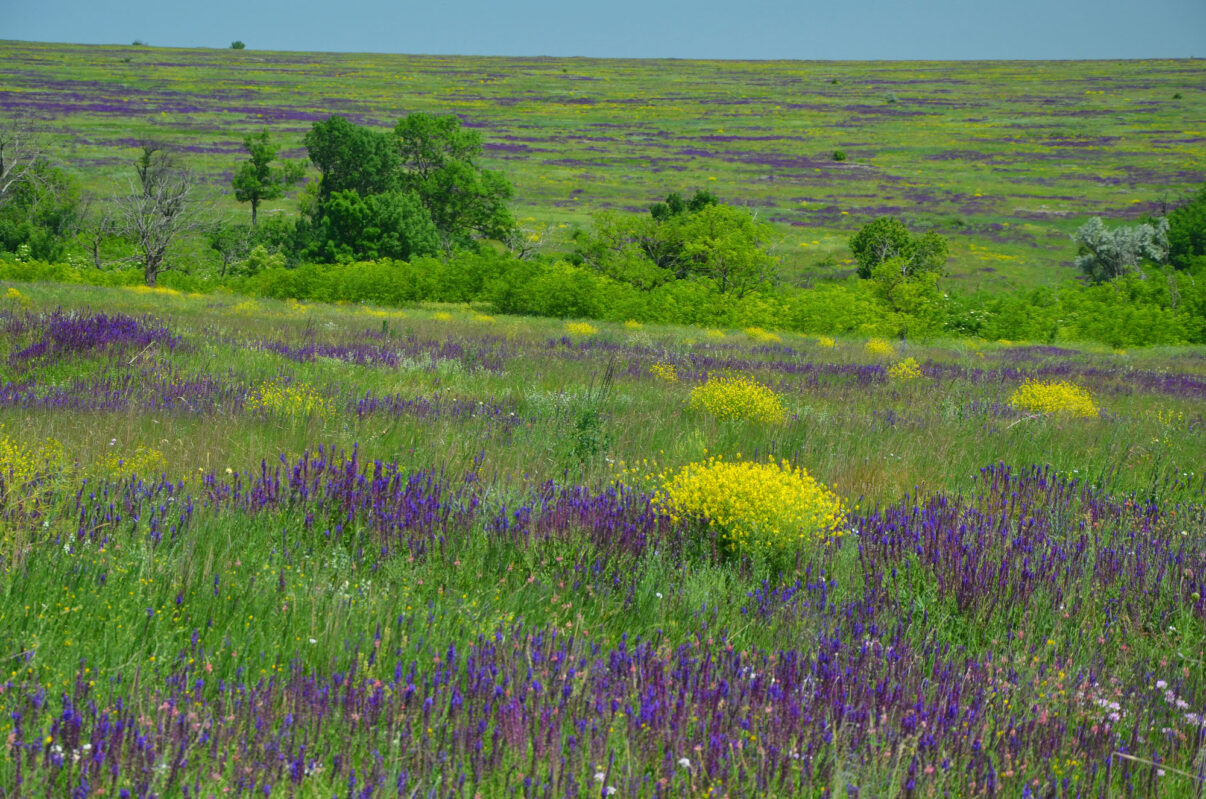
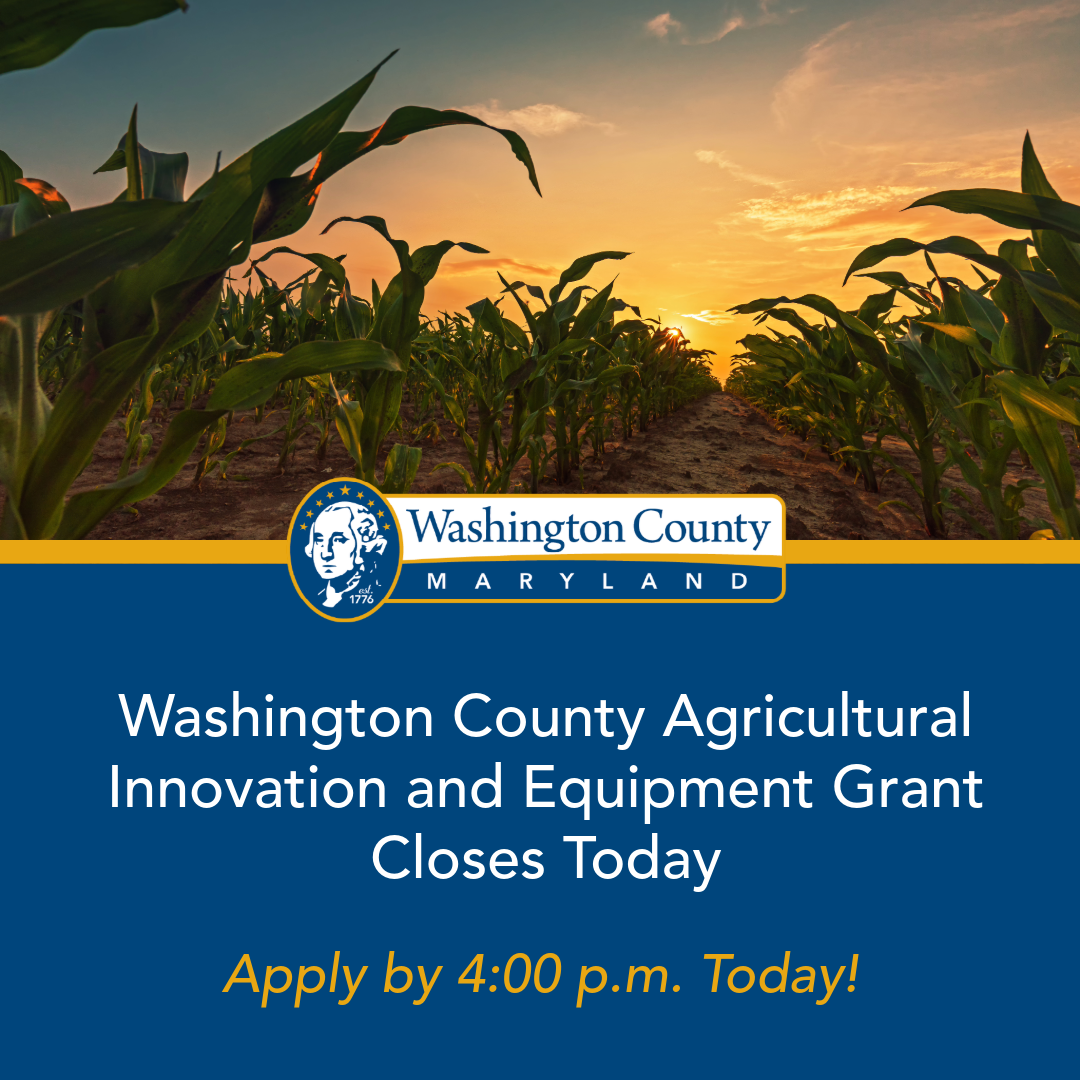



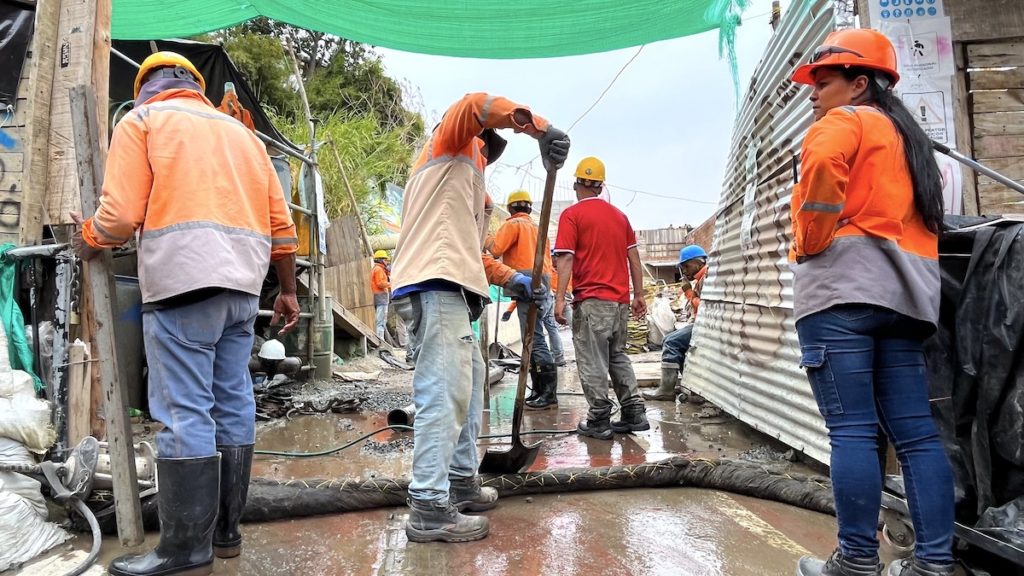

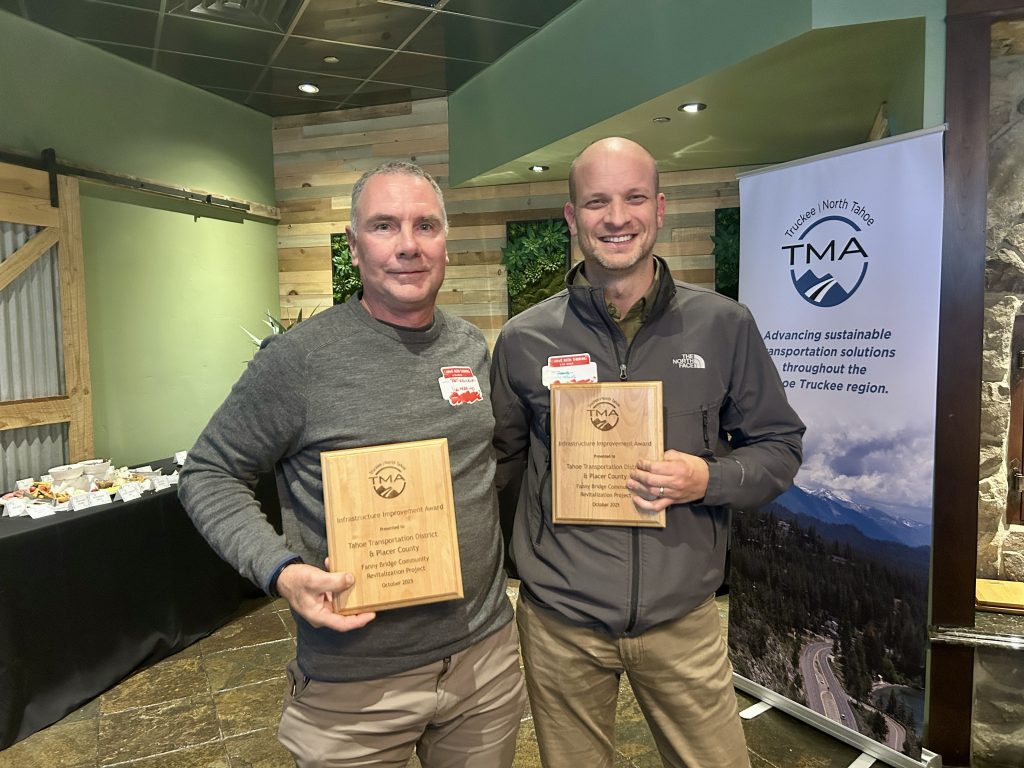



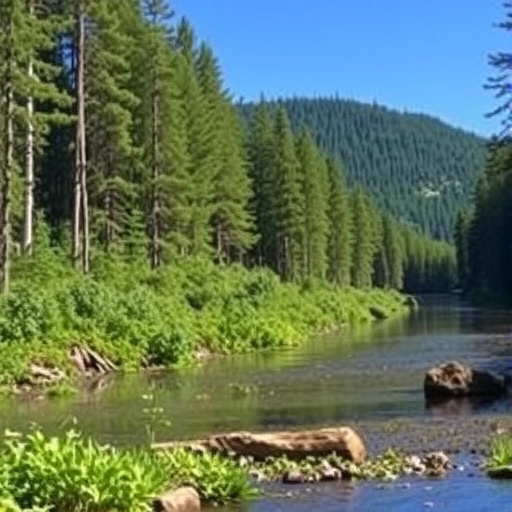


;Resize=805#)







